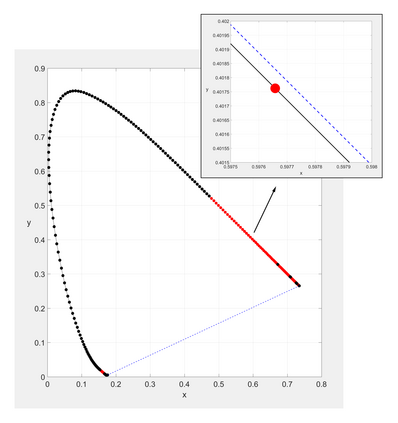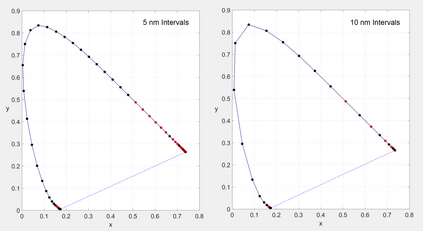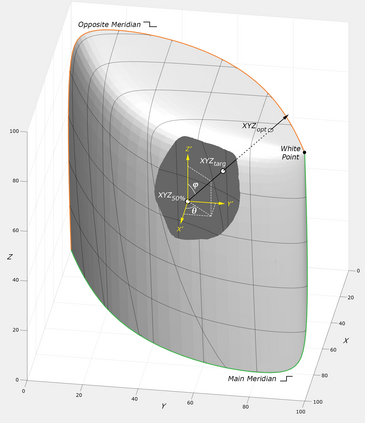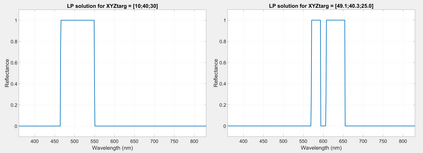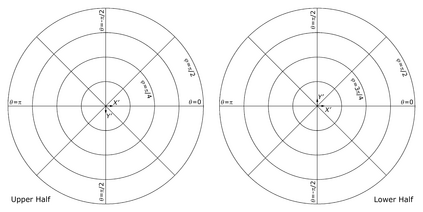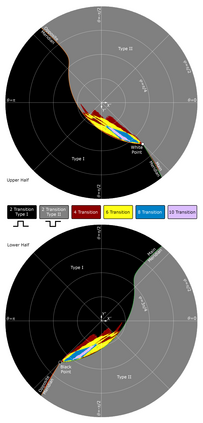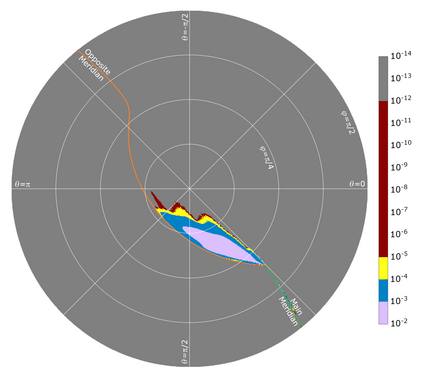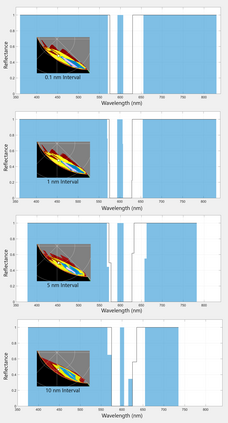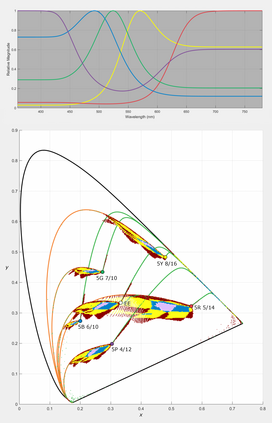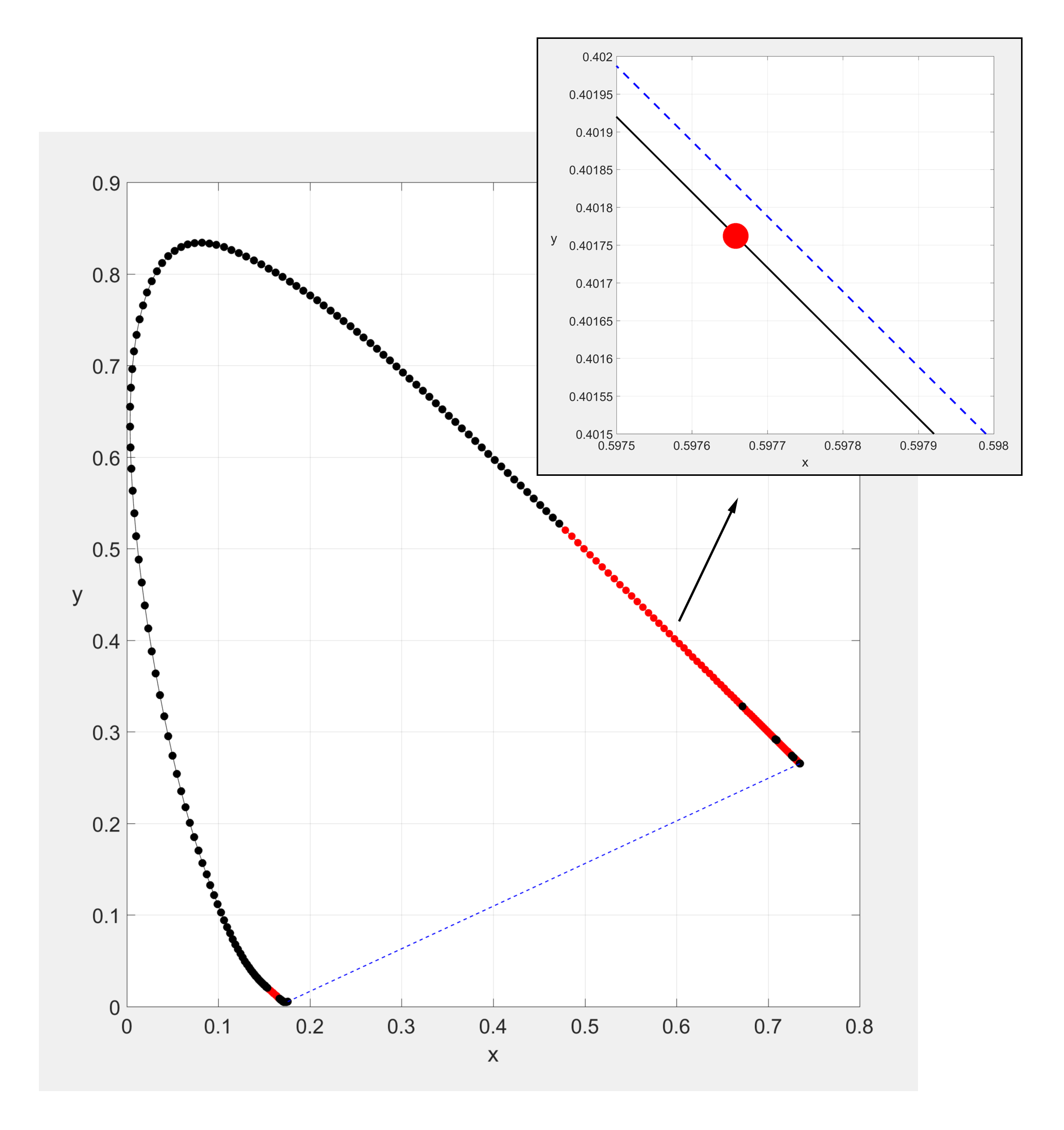The chromaticity diagram associated with the CIE 1931 color matching functions is shown to be slightly non-convex. While having no impact on practical colorimetric computations, the non-convexity does have a significant impact on the shape of some optimal object color reflectance distributions associated with the outer surface of the object color solid. Instead of the usual two-transition Schrodinger form, many optimal colors exhibit higher transition counts. A linear programming formulation is developed and is used to locate where these higher-transition optimal object colors reside on the object color solid surface. The regions of higher transition count appear to have a point-symmetric complementary structure. The final peer-reviewed version (to appear) contains additional material concerning convexification of the color-matching functions and and additional analysis of modern "physiologically-relevant" CMFs transformed from cone fundamentals.
翻译:与 CIE 1931 颜色匹配函数相关的色度图显示为略微非混凝土。 虽然对实际色度计算没有影响, 但非混凝土确实对与物体表面表面的物体色实相关的某种最佳对象色反射分布的形状有重大影响。 许多最佳颜色表象不是通常的双向转换形状, 而是显示较高的过渡值。 正在开发线性编程配方, 用于定位这些高过渡最佳对象颜色位于物体颜色固体表面的位置。 高过渡区域计似乎有一个点对称互补结构。 最终的同行审查版本( 将出现) 包含更多关于颜色匹配功能的凝固化的材料, 以及对从锥形基质变化的现代“ 生理相关” 集聚变的附加分析 。

